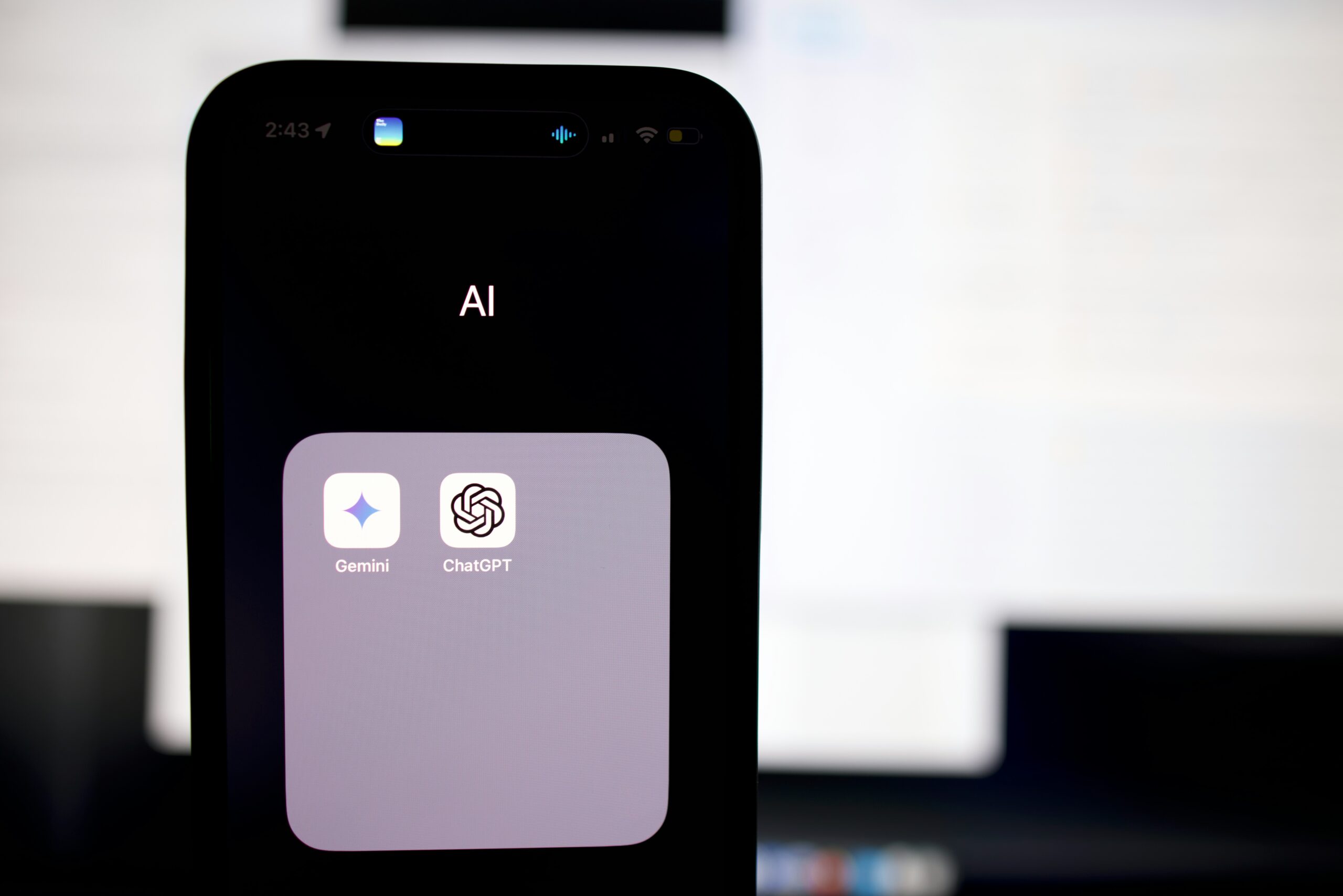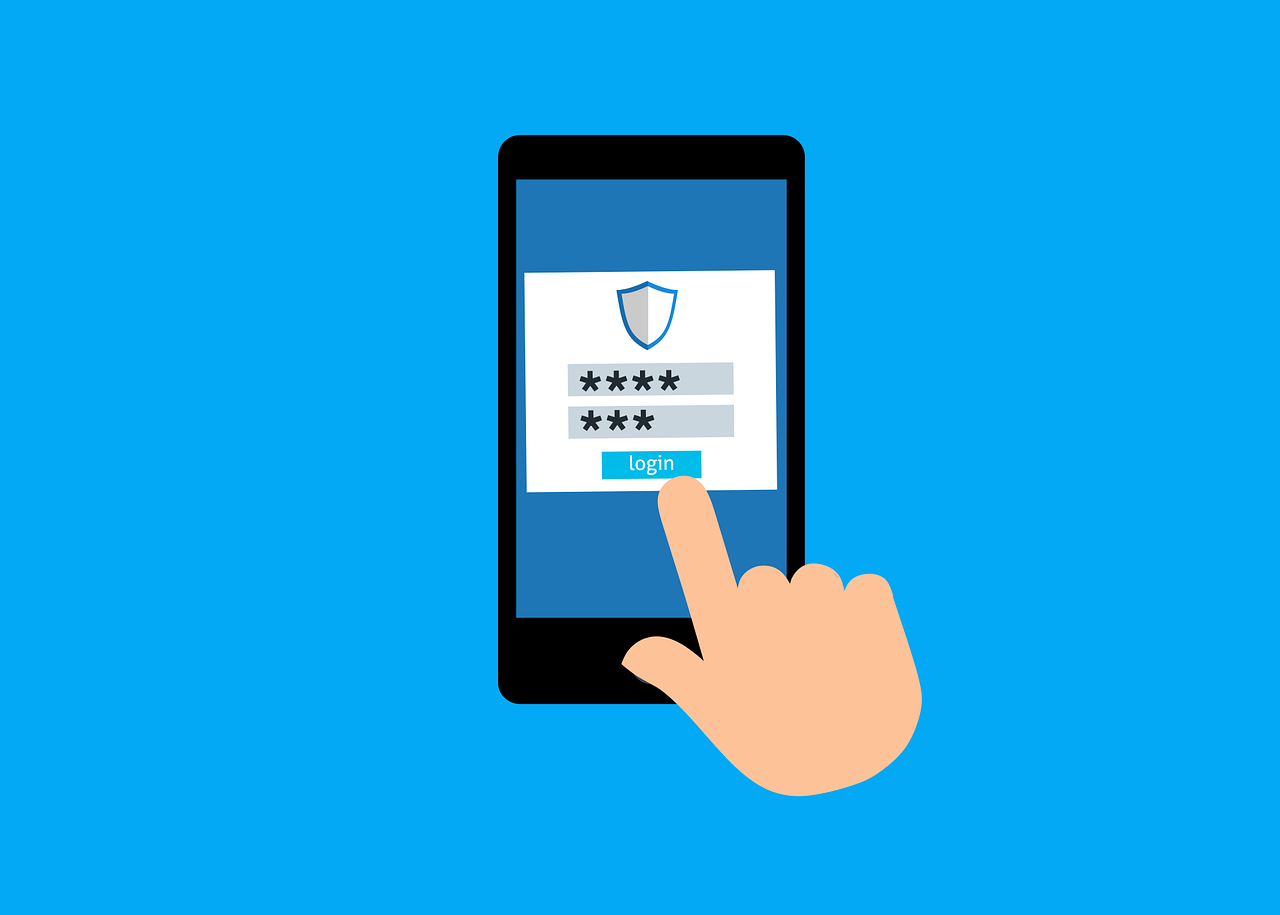Suppose you create content to market your business. In that case, you’ve likely heard the words “user intent” and its importance to SEO strategy and its effect on conversion. Essentially, when you understand what users are looking for — and provide it to them — you’ll capture more of their attention and enjoy a greater chance that they’ll become your customers.
But how can you determine customer intent? And how do you create content with intent-driven insights to reach the right people at the right time? After all, it sounds so simple: know your audience and what they’re looking for, then create content with the right messaging to meet their needs and deliver value.
The fact is, it’s not that simple and requires some detailed research. However, putting in the work can help you develop the perfect messages to position your company in front of your target audience faster and more effectively than the competition.
How To Determine User Intent
The first step in creating content with intent-driven insights is figuring out who your user is or developing the buyer persona. Depending on the organization, as many as eight different people, including the final decision-makers, may be involved in the buying cycle.
As the content creator, you need to understand who each of these people are and what they need to fulfill their role within the buying cycle. This can help you develop relevant and timely content.
Uncovering intent data not only reveals clues about the user’s identity but also about where they are in the buying cycle. The more information you have about the audience, the better prepared you’ll be to create content.
You can find research signals and intent in a variety of places, including:
- Trend research, which can reveal common semantic search terms and keywords that your audience uses to indicate their needs, interests, and priorities
- User feedback from customers on their interactions with your company, which identifies where you’re meeting their needs and where you need to improve
- Behavioral analysis using heat maps that show precisely where users are scrolling and clicking on your site
- Social listening to track and analyze real-time discussions about specific brands and topics, as well as customer engagement with your social content
Your website analytics can also provide invaluable information for creating content using intent-driven insights. Looking at the sources of traffic to your site, engagement metrics, conversions, content performance, and how visitors navigate around your site provides priceless audience information that you can leverage into personalized, right-on-time content.
Common Types of Intent-Driven Content
Once you know who you’re talking to, it’s time to start creating intent-driven content. This can fall into several different categories, including:
- Informational (like how-to guides and FAQs)
- Commercial research (i.e., learning more about a specific product or service)
- Brand-driven or navigational content designed for people who want specific details (like pricing)
- Transactional content, which focuses on actionability and completing a task, such as landing pages for an ebook download
Ultimately, creating content with intent-driven insights means matching the content to the user’s unique objectives. Find the right balance, and you’ll be able to reach your goals.
Frequently Asked Questions:
Creating Content with Intent-Driven InsightsWhat is user intent in content marketing?
User intent refers to what users are looking for when they search online or interact with your content. Understanding user intent helps you create content that meets their needs, captures their attention, and increases the likelihood of converting them into customers.
Why is understanding user intent important for SEO and conversion?
Understanding user intent is crucial because it allows you to create content that aligns with what your audience is searching for. This improves your SEO rankings and increases the chances of converting visitors into customers.
How can I determine customer intent?
You can determine customer intent through various methods:
- Developing buyer personas
- Conducting trend research
- Analyzing user feedback
- Using behavioral analysis tools like heat maps
- Implementing social listening techniques
- Examining website analytics
What types of intent-driven content are there?
Common types of intent-driven content include:
- Informational content (e.g., how-to guides and FAQs)
- Commercial research content
- Brand-driven or navigational content
- Transactional content
How many people are typically involved in the buying cycle?
Depending on the organization, as many as eight different people, including final decision-makers, may be involved in the buying cycle.
What information can website analytics provide for creating intent-driven content?
Website analytics can provide valuable insights such as:
- Sources of traffic to your site
- Engagement metrics
- Conversion data
- Content performance
- Visitor navigation patterns
How does understanding user intent help in content creation?
Understanding user intent helps you create more relevant and timely content that matches the user's unique objectives, leading to better engagement and increased chances of achieving your marketing goals.
What are some sources for finding research signals and intent?
You can find research signals and intent through:
- Trend research
- User feedback
- Behavioral analysis using heat maps
- Social listening
- Website analytics
How can I leverage intent-driven insights into my content?
By using the information gathered from various sources, you can create personalized, timely content that addresses your audience's specific needs and interests at different stages of their buying journey.
Is creating content with intent-driven insights a simple process?
No, creating content with intent-driven insights requires detailed research and effort. However, putting in this work can help you develop more effective messages and position your company in front of your target audience more efficiently than your competitors.






